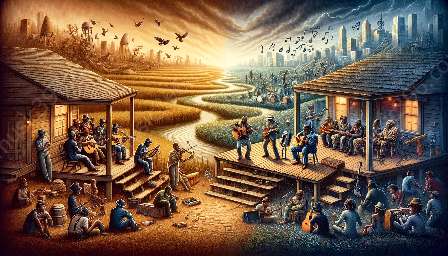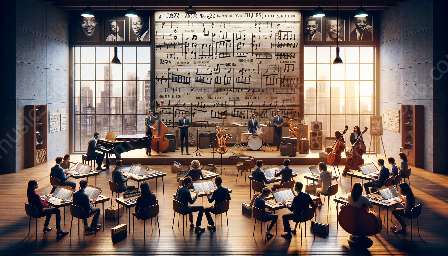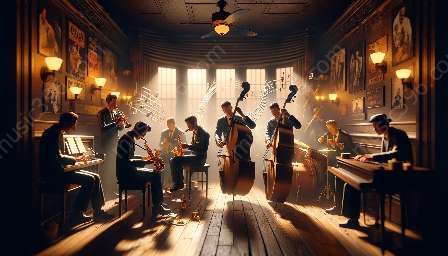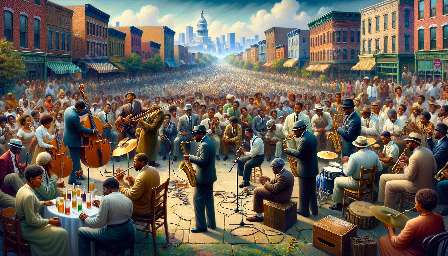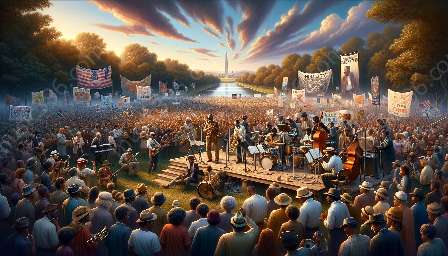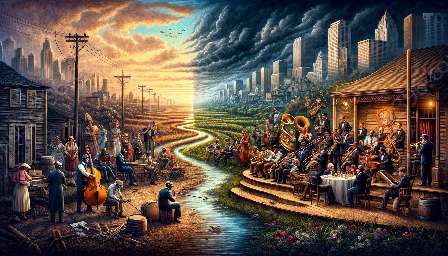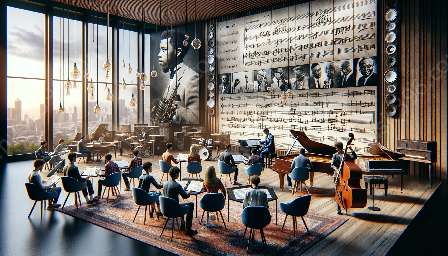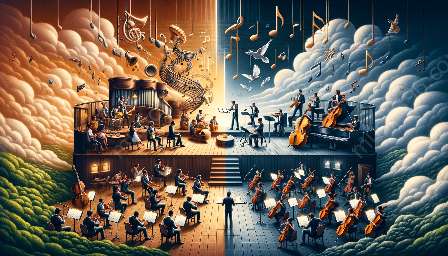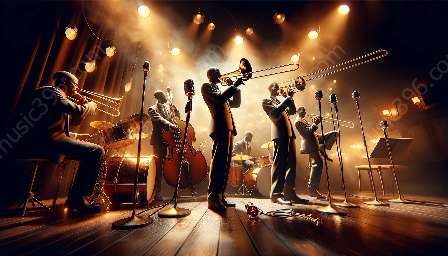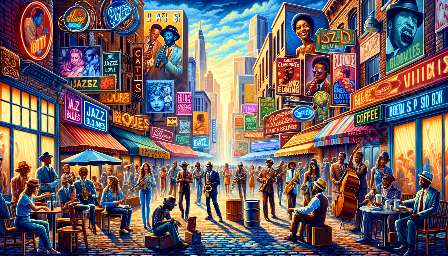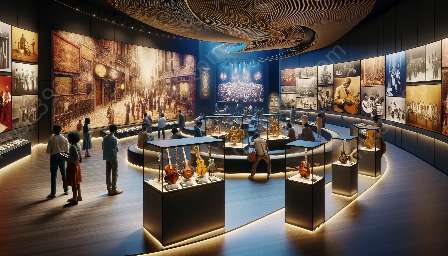Jazz and blues music have long been spaces where gender dynamics play a crucial role, shaping the art and culture of these genres. The evolution of jazz and blues over the centuries has seen significant shifts in the representation and inclusion of female and male artists, as well as the exploration of gender identity and expression. In this topic cluster, we will delve into the complex and intriguing relationship between gender dynamics and jazz and blues, examining the historical context as well as the contemporary landscape.
Gender Dynamics in Early Jazz and Blues
Historically, jazz and blues have been male-dominated genres, with few opportunities for female musicians to gain recognition and success. In the early days of jazz, women were often confined to roles as vocalists or pianists, while men took on the instrumental lead positions. This gender disparity was further compounded by racial inequalities, as women of color faced even greater challenges in gaining visibility and breaking into the music industry.
However, despite these barriers, there were remarkable female artists who made significant contributions to jazz and blues during this era. Pioneers such as Bessie Smith, Ma Rainey, and Billie Holiday defied the societal norms of their time, using their immense talent and charisma to carve out influential careers in a male-dominated industry. Their impact not only reshaped the music landscape but also challenged conventional gender roles and expectations.
Evolution of Gender Dynamics in Jazz and Blues
As jazz and blues evolved through the decades, the gender dynamics within the genres began to shift. The post-war era saw the rise of female instrumentalists and bandleaders, such as Mary Lou Williams and Melba Liston, who broke new ground and inspired future generations of musicians. This period marked a turning point in the gender representation of jazz and blues, as more women began to establish themselves as instrumental virtuosos and influential composers.
Furthermore, the civil rights movement of the 1960s and 1970s brought about a renewed focus on gender equality and diversity within the music industry. Female jazz and blues artists, including Nina Simone and Dinah Washington, used their platforms to advocate for social change and challenge the traditional gender dynamics prevalent in the industry. Their activism not only influenced the music itself but also empowered a new wave of female artists to assert their presence and creativity within jazz and blues.
Contemporary Gender Dynamics in Jazz and Blues
Today, the gender dynamics in jazz and blues continue to evolve, reflecting the broader societal changes in attitudes towards gender and identity. Female musicians such as Esperanza Spalding and Norah Jones have achieved widespread acclaim, earning Grammy Awards and critical recognition for their innovative contributions to the genres. At the same time, non-binary and transgender artists are bringing new perspectives and voices to the forefront, challenging traditional gender norms and redefining the boundaries of jazz and blues.
Despite these advancements, gender disparities still persist in certain aspects of the jazz and blues industry. Female instrumentalists and composers remain underrepresented in certain contexts, and the intersection of race and gender continues to be a complex issue within the music scene. However, there is a growing awareness and advocacy for gender equality in jazz and blues, with organizations and initiatives dedicated to supporting and promoting the work of female and non-binary artists.
Intersection of Gender, Race, and Music
It is important to recognize that the gender dynamics in jazz and blues are intricately linked to issues of race and ethnicity. The experiences of female artists of color differ from those of their male or white counterparts, as they navigate the intersecting challenges of gender, race, and identity. The stories of influential figures like Ella Fitzgerald and Sister Rosetta Tharpe exemplify the resilience and perseverance required to overcome these intersecting barriers, contributing to the rich tapestry of jazz and blues history.
In conclusion, the exploration of gender dynamics in jazz and blues reveals a multi-dimensional narrative that intertwines with the evolution of the genres over the centuries. From the pioneering women of the early jazz era to the contemporary trailblazers challenging gender norms, the intersection of gender, race, and music in jazz and blues remains a captivating and essential aspect of the cultural landscape.


